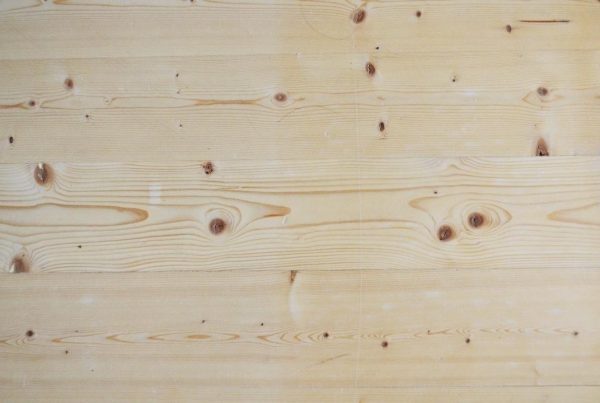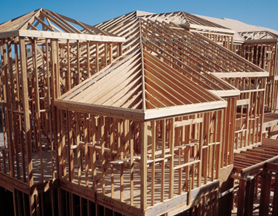The Fascinating World of Kiln-Dried Wood
You’ve probably heard people throw around the term “KD” when talking about wood, but what does it really mean? Well, here’s the scoop: Kiln-dried wood isn’t just limited to one tree species like Spruce. In fact, any type of wood can go through the kiln-drying process. So, what’s the big deal about kiln drying, and why should you care?
Moisture Matters
Let’s start with the basics. Wood is a fantastic natural resource with a ton of uses, from building structures to crafting jewelry, furniture, and even medicine. But there’s a catch – wood has a moisture level, and it matters more than you might think. If the moisture in wood isn’t at the right level, it can cause all sorts of problems.
Imagine this: wood that warps and twists, or gets all funky when you try to shape it. That’s the result of too much moisture. It can even lead to adhesive failures in finished products. These moisture-related problems don’t just mess with the wood; they can cost millions of dollars in damages every year. Kiln drying is the superhero solution, and it’s the first step in getting wood ready for action.
What’s Kiln-Dried Wood?
Kiln-dried wood is the MVP of the lumber world. It’s wood that’s been through an oven-like machine called a kiln. This magical contraption lets you control things like temperature, humidity, and steam levels for a set amount of time. That means you can dry wood to the perfect moisture level much faster than just leaving it out in the open air.
Air-Drying: Nature’s Way
On the flip side, there’s air-drying. It’s as simple as stacking wood and letting it sit outside. Depending on the type of wood and how dry you want it, this process can take several months to nearly a year. Properly stacking the wood is essential for good airflow, and you’ll need to check the moisture content regularly using a pinless moisture meter.
The Kiln Drying Adventure
When trees are chopped down and brought to a lumber mill, it’s like they enter the first stage of their transformation. The logs are sorted by species, size, or what they’ll be used for. For instance, logs destined to become wood flooring are turned into rough boards of the right size. They might also get trimmed for the perfect length before they go through the drying process.
Now, drying can happen in two ways: air or kilns. Kilns use hot air that circulates to quickly remove excess moisture from the wood. Each batch is sorted by species and size to make sure the moisture content is even throughout. Once the wood reaches the right moisture level, it’s planed to its final dimensions, graded, and shipped out. For some specific products like wood flooring, it’s sent to a manufacturer for extra processing and finishing.
Kiln drying gets rid of most of the moisture in green lumber, but here’s where it gets interesting – wood is a bit like a sponge. It’s always trying to balance its moisture level with the environment around it. Even after it’s kiln-dried, it can reabsorb moisture from the air, other materials, or even water sources. This means the wood’s moisture content can change, and so can its dimensions.
Why It Matters
This constant dance with moisture is why kiln drying isn’t the end of the story. It’s just the first chapter in a wood product’s life. You see, wet or green wood doesn’t work well for anything, whether it’s a campfire, building materials, or even furniture. As wood dries, it can twist, crack, warp, and shrink, making it less suitable for building, flooring, or woodworking. It’s like a never-ending cycle in the world of wood.
Think of a sponge. When it’s wet, it swells up, but as it dries, it shrinks. Wood is similar. As it loses moisture, it changes shape. But it never loses the ability to soak up moisture again. That’s why, even after kiln drying, wood can still adapt to the moisture in its environment.
The Wood Moisture Solution
So, what’s the solution to this moisture dance? Just as lumber mills and manufacturers invest in tools and systems to manage wood moisture content accurately, every step of a wood product’s life needs moisture content monitoring. Whether you’re a manufacturer or an installer, knowing the moisture level of the wood is crucial.
Let’s say you’re installing wood flooring. Before you start, you need to make sure the wood has acclimated to the environment it’ll be in. An accurate wood moisture meter is your best friend. It gives you quick, reliable measurements without damaging the wood. This way, you can be confident your floor won’t face moisture-related problems.
From the forest to the final product, wood’s dance with moisture is a fascinating journey. Understanding and measuring moisture at every step is key to a successful wood project. So, the next time you see that kiln-dried wood, remember that it’s just the beginning of the story. High school science meets real-world lumber adventures!










